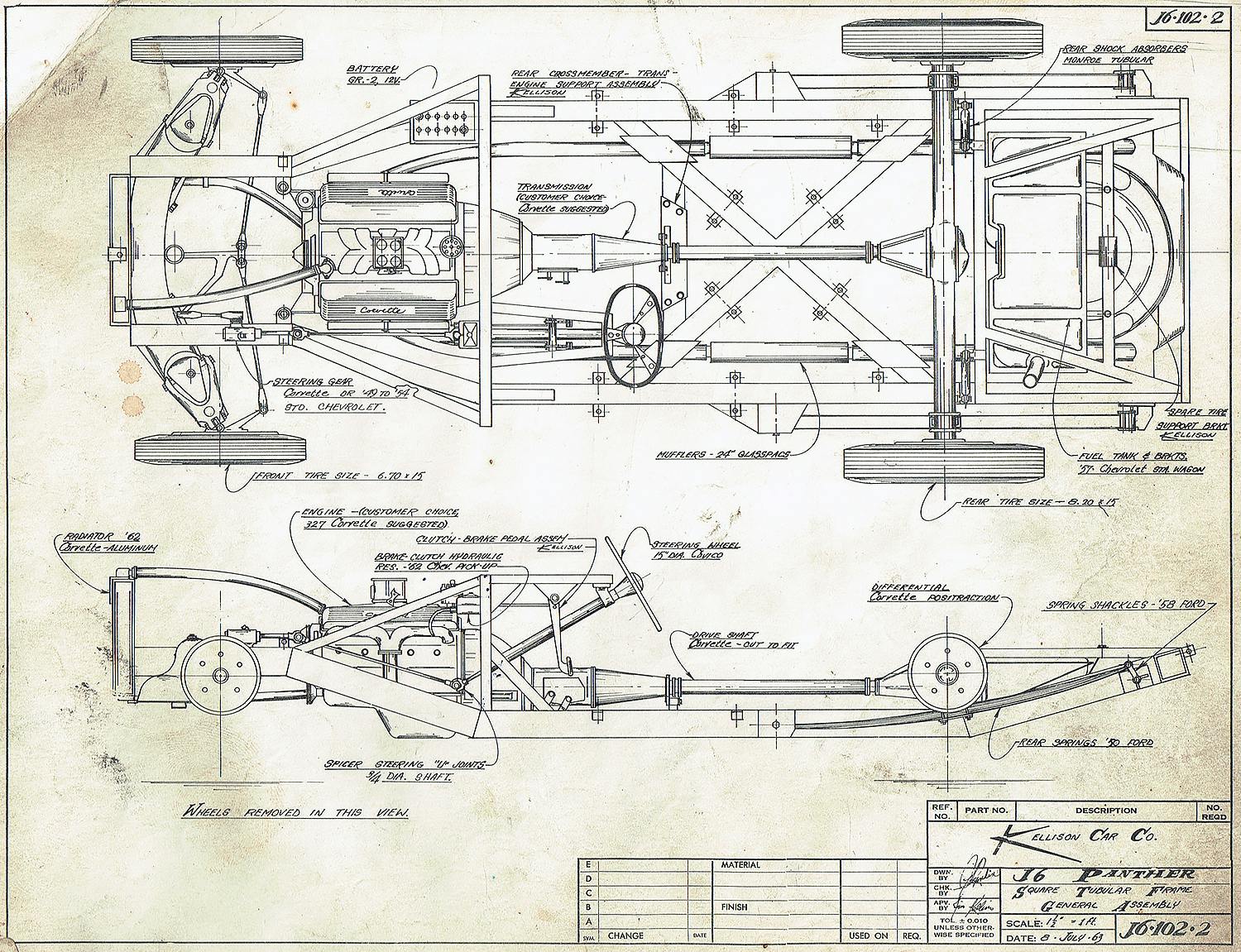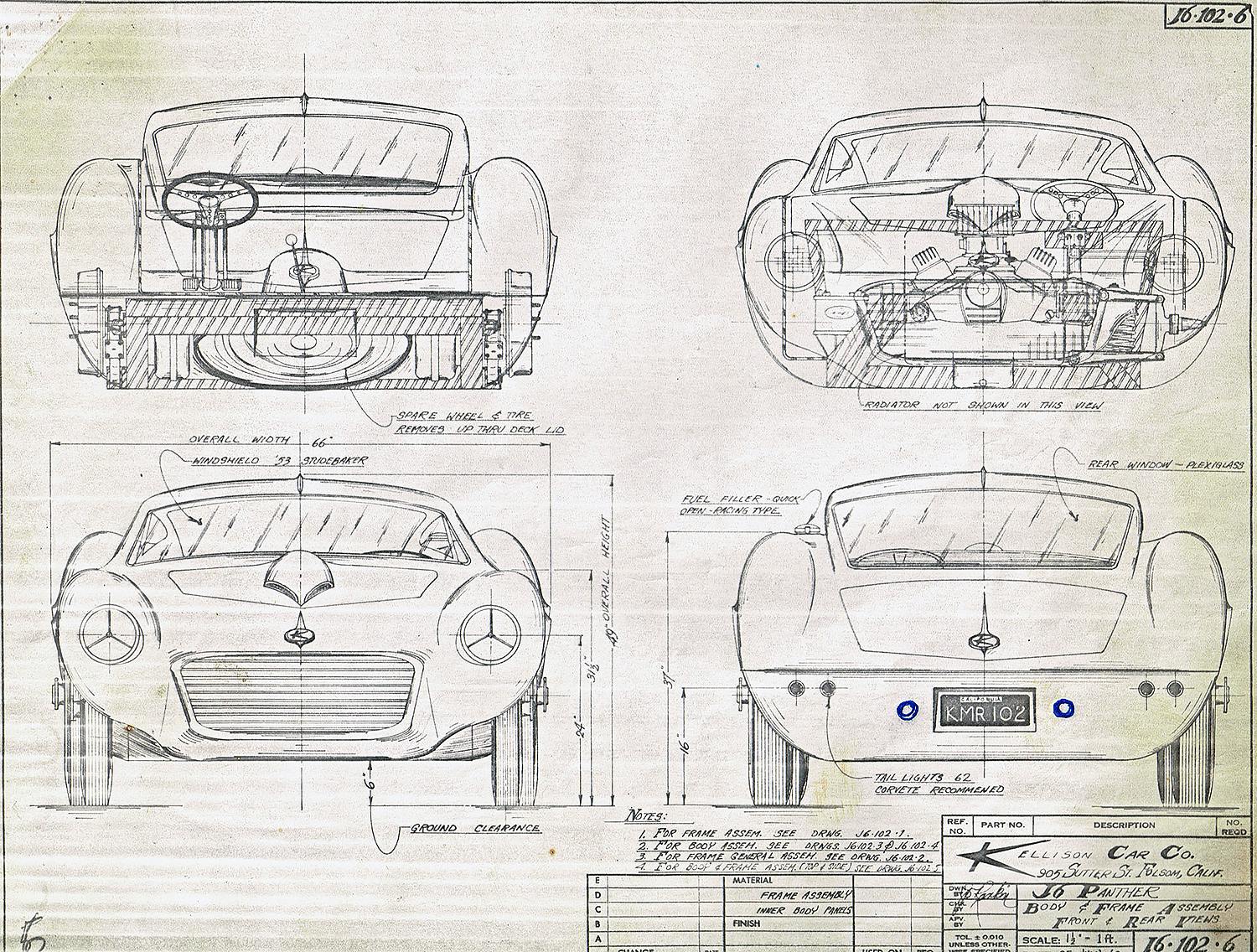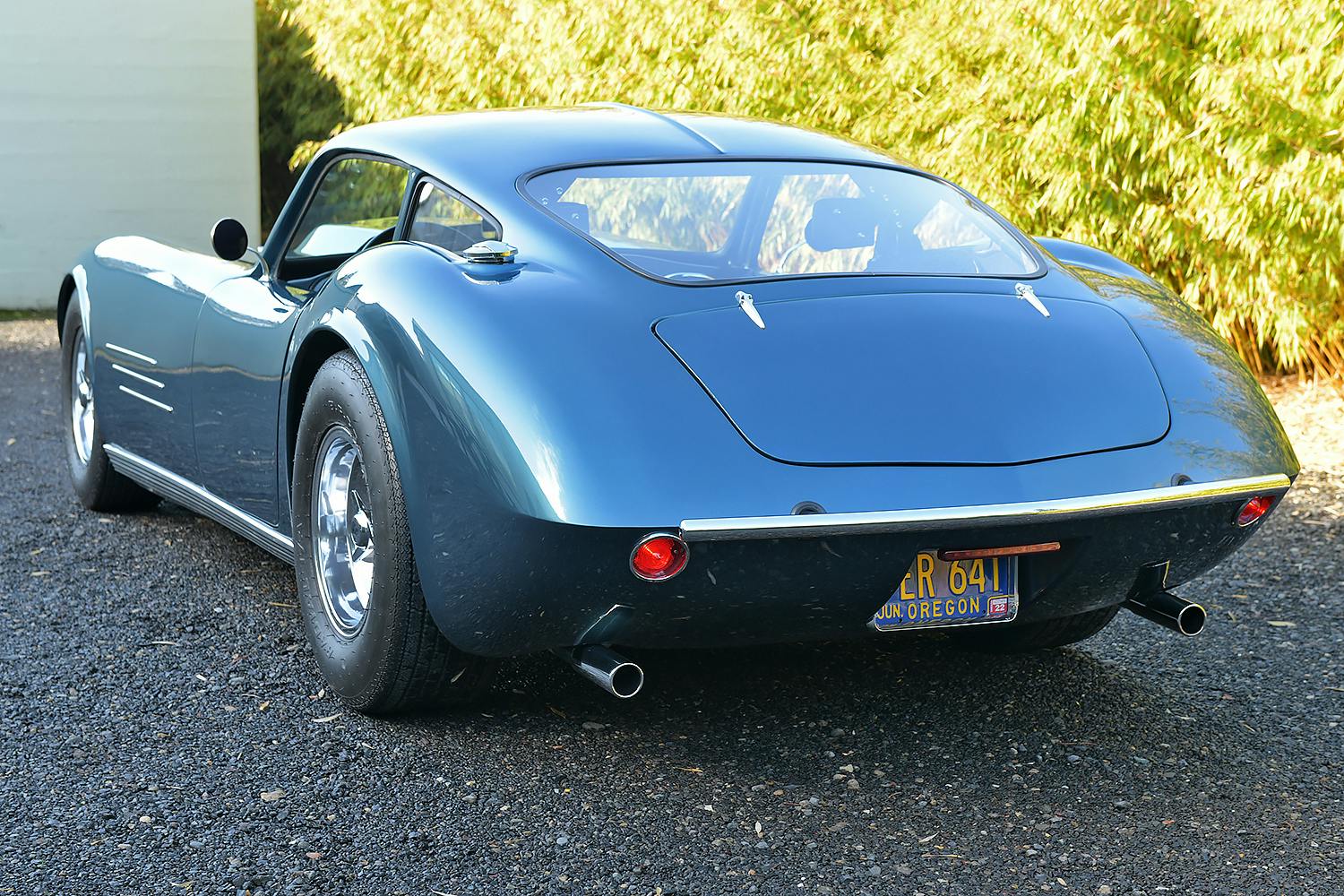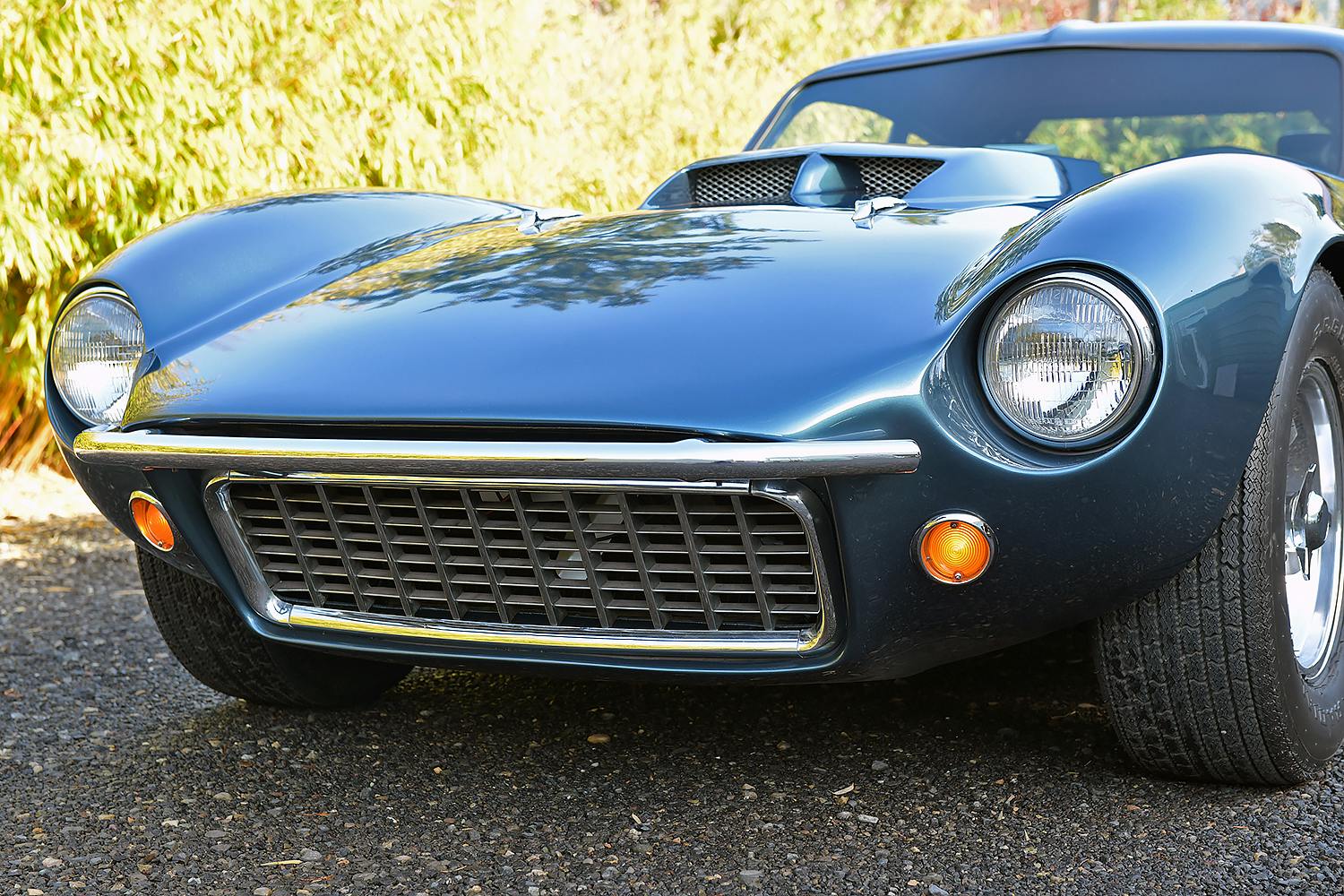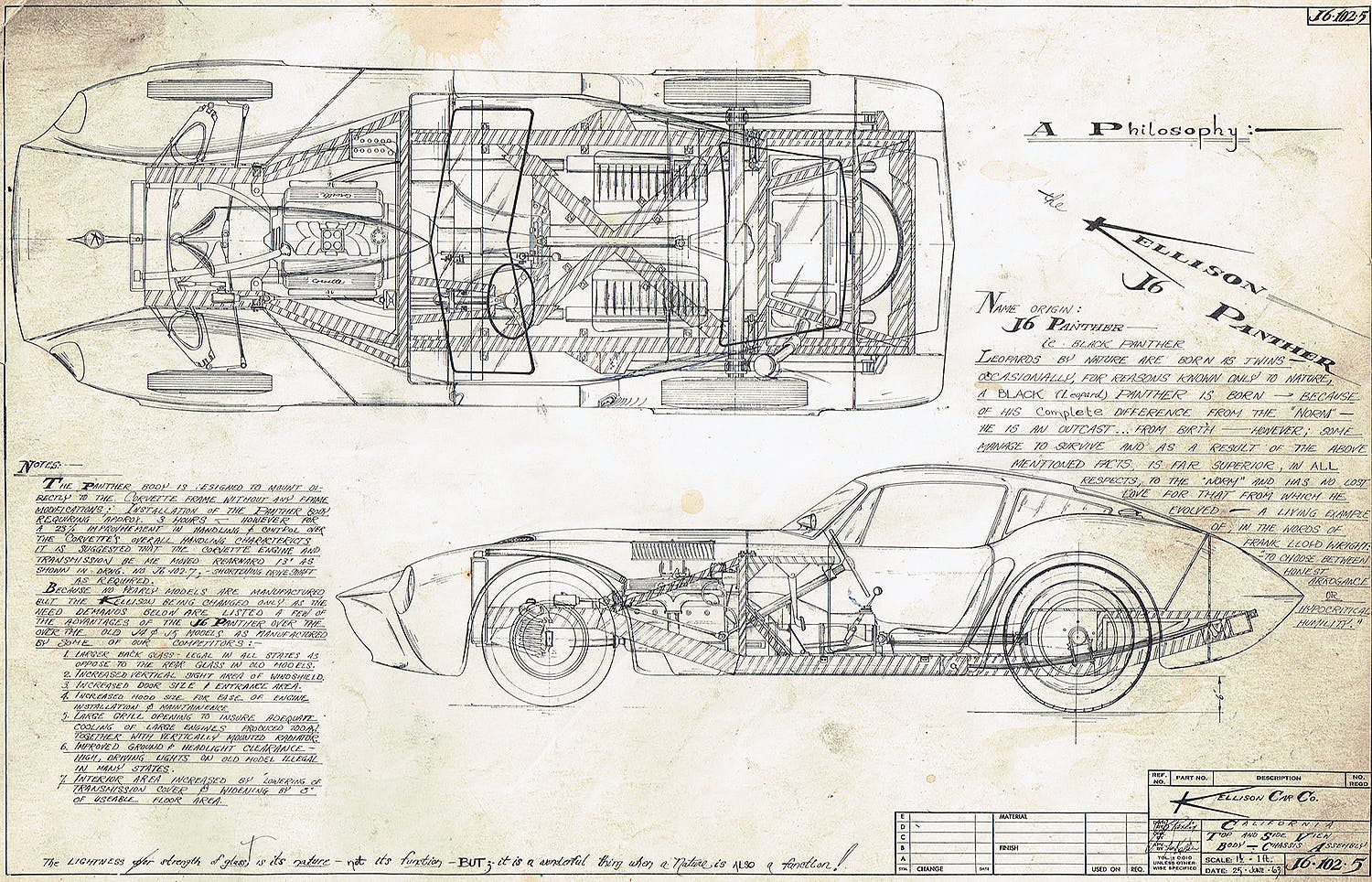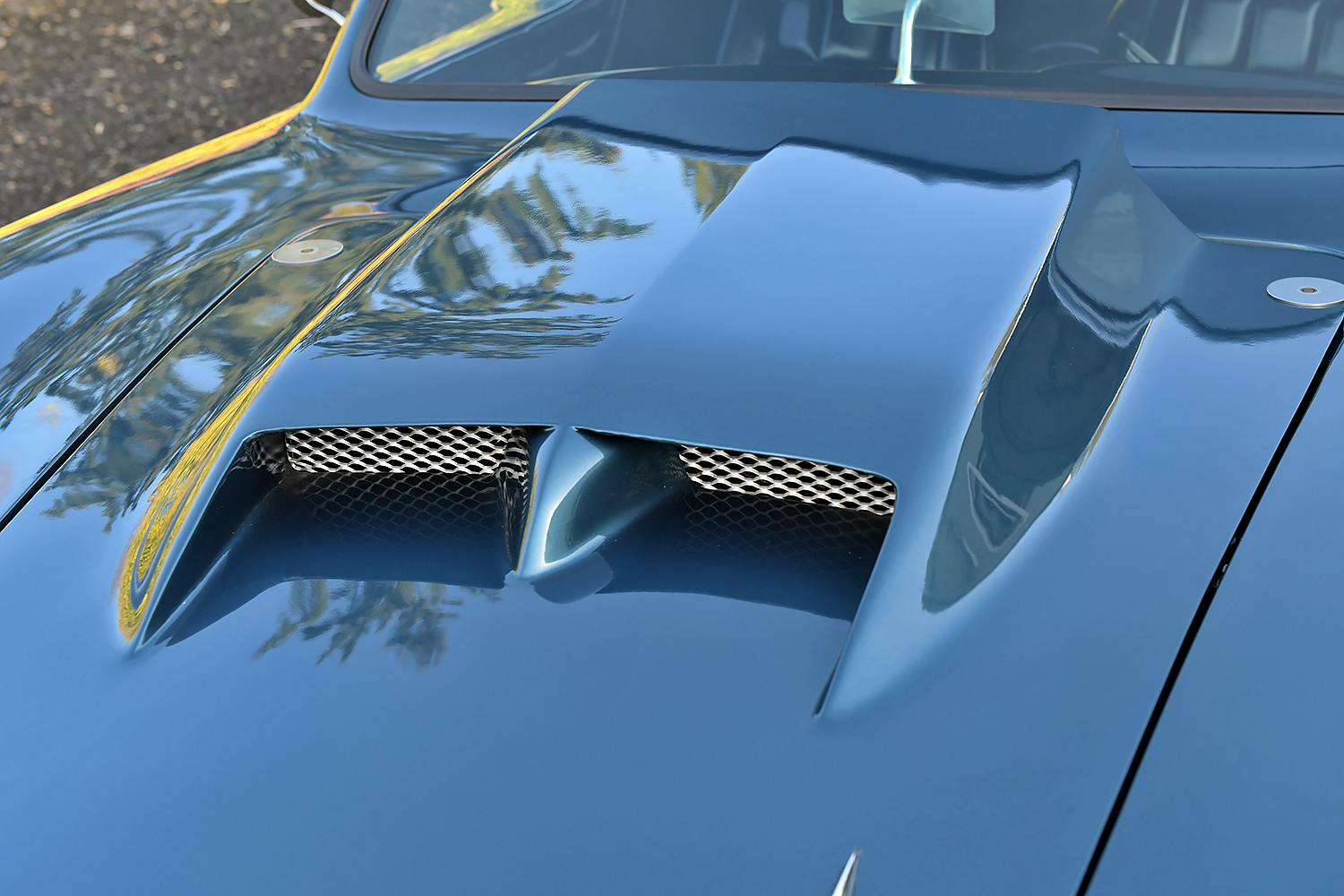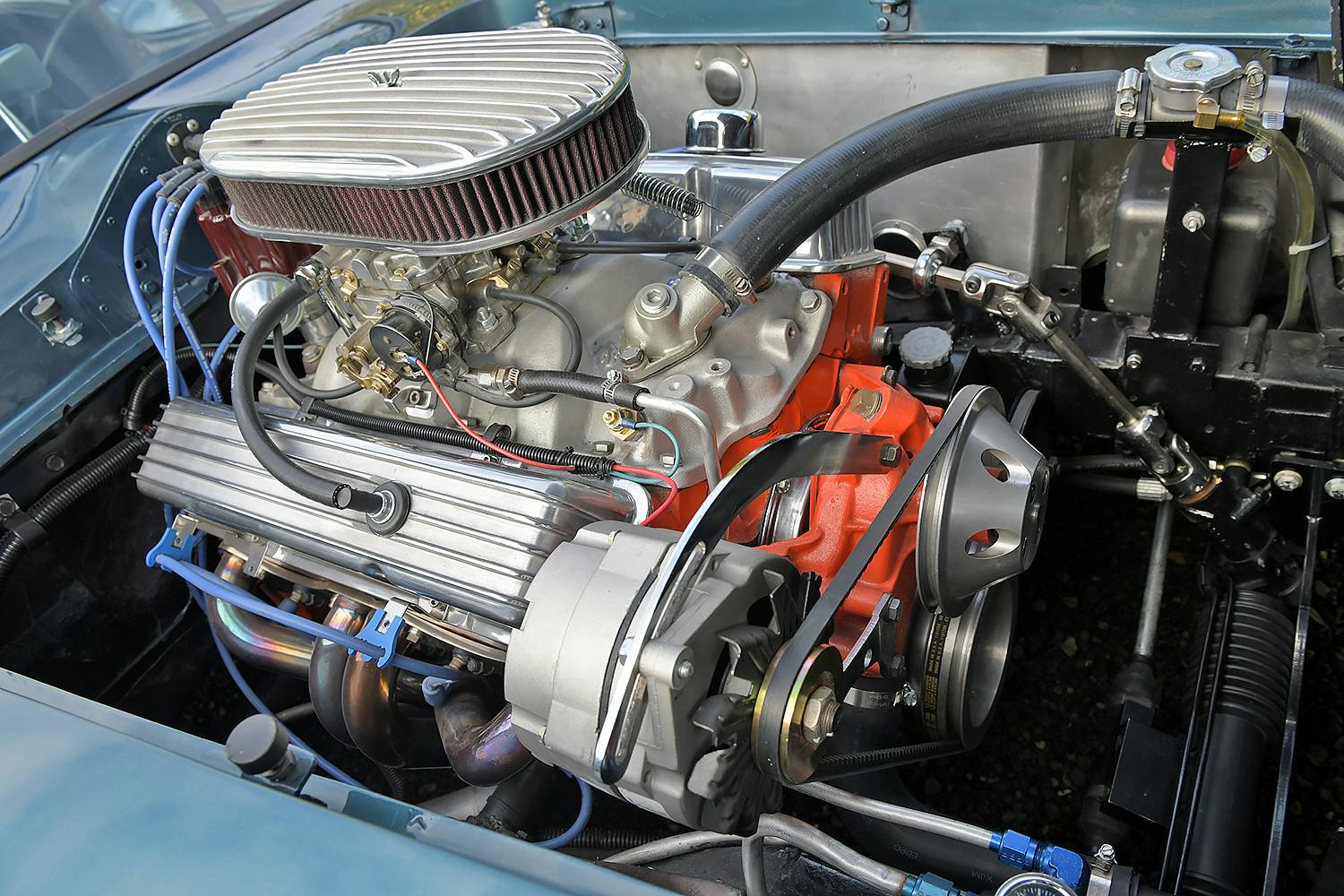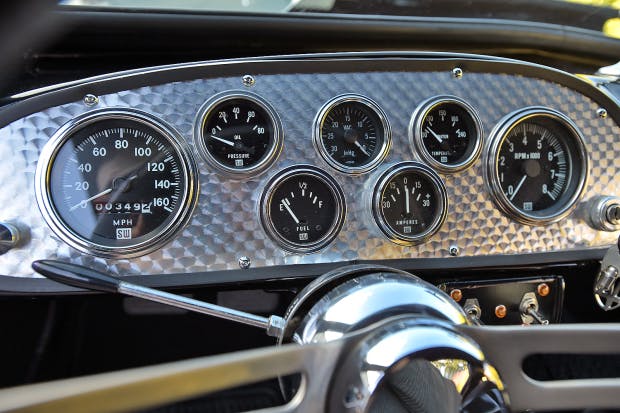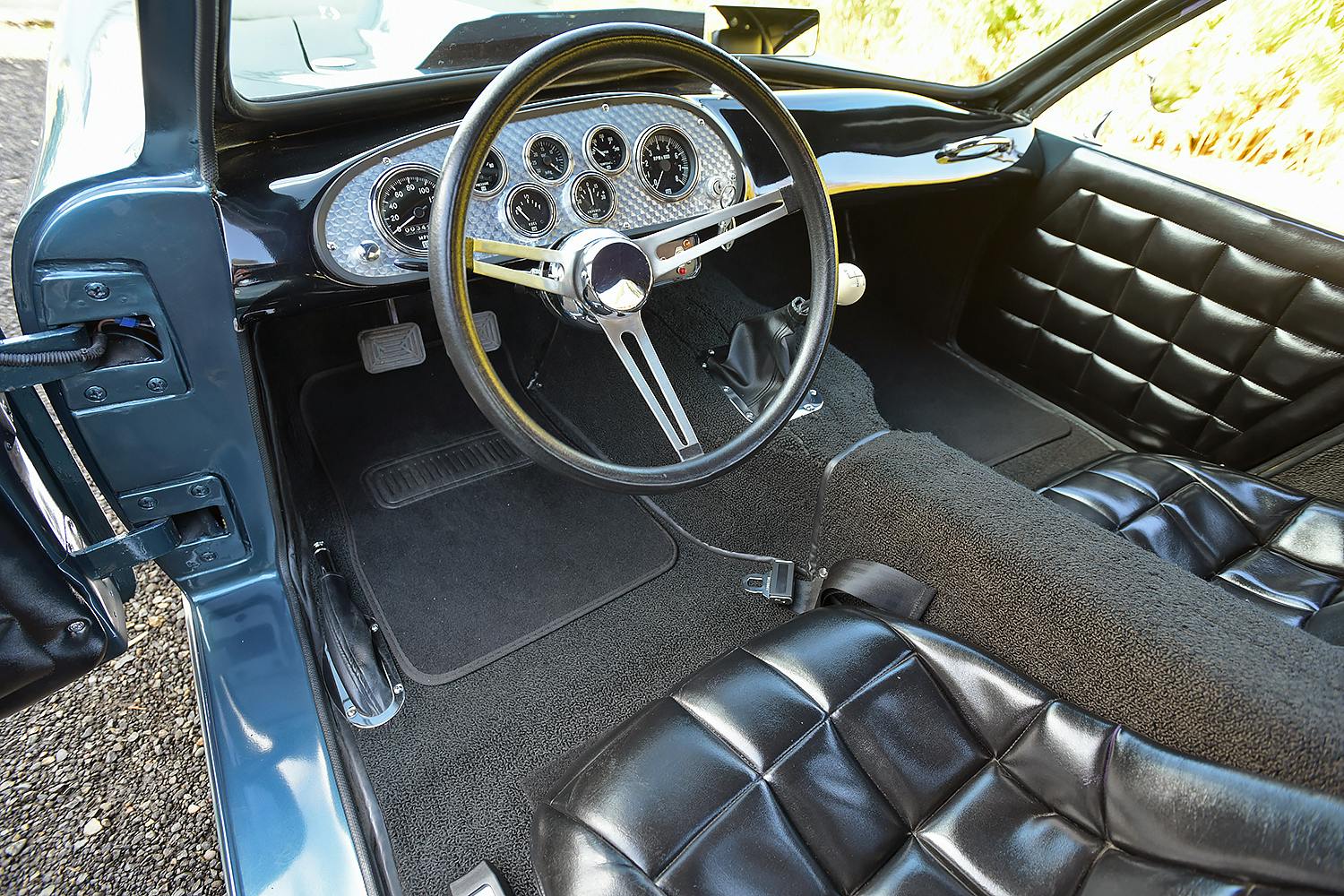This drag-racing Kellison J-6 may be the best-sorted home-built car ever
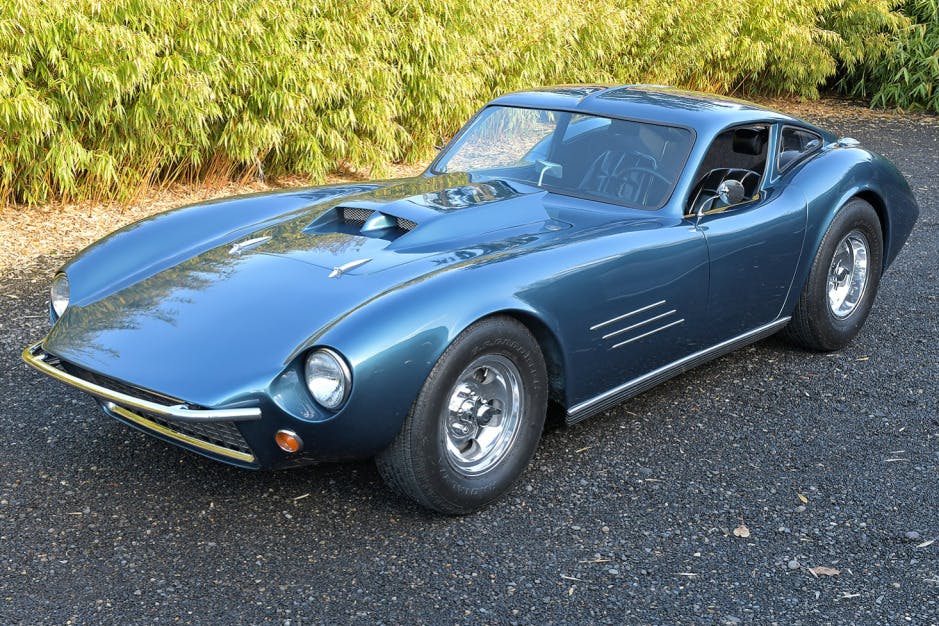
It’s not too remarkable to find an oddball fiberglass sports car for sale. However, though they may have an esoteric charm, these vintage home-built coupes generally lack, say, an engine. Or, if the drivetrain happens to be sorted, the interior is probably incomplete. Or deteriorated. So when we stumbled upon this gorgeous Kellison J-6 on Bring a Trailer—which the original buyer both finished and drag raced in-period—we were immediately impressed. So too was the bidding audience, and this home-built car sold for $68,174 (with commission).
What’s the story behind the Kellison name, and what makes this particular example so desirable?
We spoke to Geoff Hacker, an expert on American handcrafted sports cars, to gain some insight. Though we herald the C1 Corvette as America’s first fiberglass sports car, that statement accounts only for the mass-produced offerings. The ’50s and ’60s swarmed with manufacturers of build-it-yourself fiberglass cars—at least 50, according to Hacker, were available to buy before the C1 debuted in 1953.
Kellison Engineering arrived later in the ’50s as part of the “second wave” of small-scale, fiberglass sports car builders. The company was established in 1954 by Korean War veteran and fighter pilot Jim Kellison and distinguished itself from other startups by its relative success and prolific output. Kellison products included at least three roadsters (the J-2, the J-3, and the K-2), a fixed-roof J-4 Grande Turismo Coupe, a racing variation of the J-4 called the J-4R, a Formula Vee car, and even a dune buggy dubbed the Sandpiper. (Studies show that surfers are averse to alphanumeric nomenclature. Just kidding.)
So, Kellison just built just kit cars, right? Not quite. You had two choices, as with most Kellisons: a bare body fresh from the mold or a “complete” car with floorpan, inner wheel wells, and a firewall.
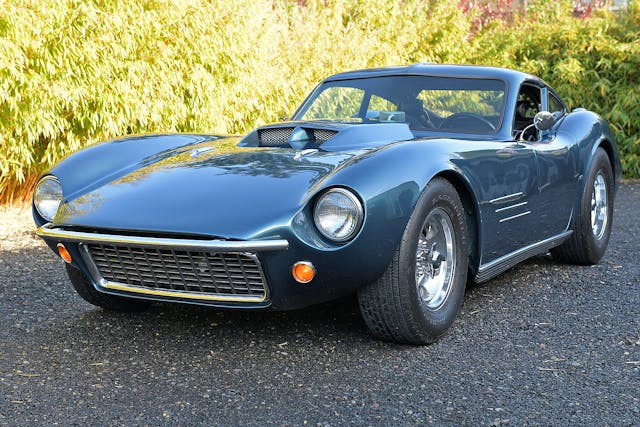
Kellisons were miminalist affairs, and these mid-century sports cars left much to the customer’s imagination. We’ll break down this car’s powertrain in a moment, but just take a glance at the ancestry of the decorative bits: grille from a ’55 Chevy, front turn signals and rocker-panel trim from a ’65 Mustang, windshield from a ’51 Studebaker, and taillights from a C1 Corvette.
Kellisons and their ilk were built, rather than assembled like an IKEA product, and so their condition and specifications vary widely. Sure, the J-6 fit a C1 chassis, but a customer was just as likely to chop another frame to fit instead. For those who had a hankering to build their own race car, Kellison even offered a custom steel frame tailor-made for the drag strip.
The seller notes that this ’68 J-6 rides on a custom-fabricated steel frame. Given its drag racing resume, that frame could be the purpose-built unit built by Kellison. Alternatively, the original builder could have been a rather intrepid fabricator. Either way, this example demonstrates an unusual dedication to detail (and not simply because of that Porsche Petrol Blue Metallic Paint, a 2014 addition).
Bought in August 1968 and completed just 10 months later, this J-6 boasts a 306-cubic-inch Chevy V-8 topped with an Edelbrock intake and four-barrel carb, mated to a Muncie M20 four-speed and a Ford 9-inch limited-slip rear end.
With a factory-built car, we take it for granted that a car’s engine, gearbox, and differential jive together, but Hacker points out that, with these customer-build cars, not all drivetrains were so well-matched.

The drivetrain isn’t the end of the story, either. “If you do everything perfectly and you don’t get the stance correct, you screwed up,” Hacker says.
This J-6 showcases the builder’s scrupulous attention: it displays a subtle rake, front-to-back, and the staggered-width wheels are nicely centered in the wheel wells.
Though this car is equipped with power-assisted rack-and-pinion steering, don’t think that the builder caved to luxury. The interior, though tastefully finished with leather buckets and a machined-turned dash, is all business. A full-cabin roll bar arcs overhead.
Finned drum brakes sit at all four corners. The front suspension is lifted from a ’61 Buick, and the rear is comprised of four-bar trailing arms with Koni coilovers.
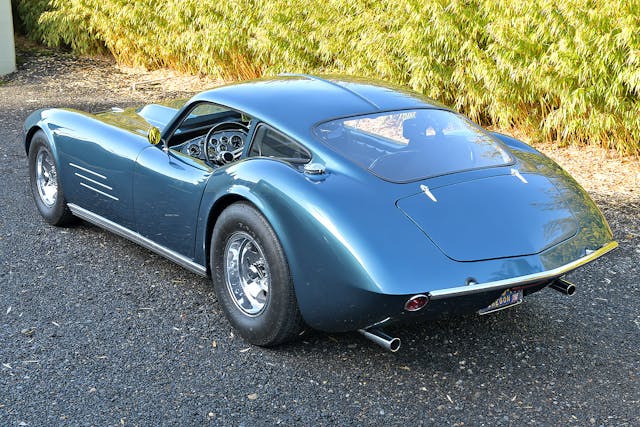
Despite this Kellison’s admirable construction, you may be wondering whether $65K for a home-built car from the ’50s isn’t, well, absurd. Don’t underestimate the draw of the niche fiberglass market, though. Glasspar G2s, produced from 1951–54, carry six-figure #2- (Excellent) and #1- (Concours) condition values. Of course, there’s far more variability within this sector than with a factory-produced or even professionally hand-built offering—which may be part of the reason that top-Glasspars bring such a high price.
What’s your take on this well-sorted Kellison? Does its ’60s home-built nostalgia factor win you over, or would you put that $68K towards your own build?

